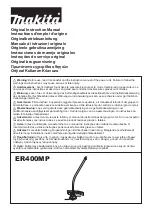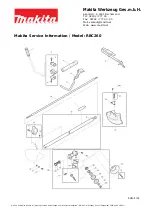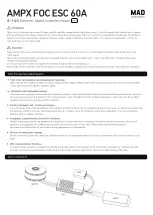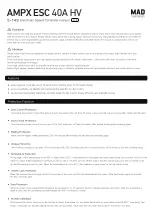
The sensor’s compact housing has a large, easy-to-see bar graph display
plus bright LEDs for easy programming and status monitoring during opera-
tion.
Standard models have bipolar outputs, one each NPN and PNP. Main units
with bussable power have the same bipolar outputs; sub-units feature a sin-
gle discrete output, either NPN or PNP.
Models with bussable power are designed for use in machines and other
applications where multiple sensors will be grouped tightly. They feature in-
creased temperature compensation compared with standard models and
reduce the amount of wiring necessary for such applications. An accessory
clamp is available to secure a bank of connected sensors together on a
DIN rail (see Accessories).
Power ON LED (green)
Configuration status
LEDs (green)
Bussable power input
port (cap supplied for
unused port)
Output LED (yellow)
Bar graph display (red)
Switching threshold
Configuration push buttons
Bussable power output
port (cap supplied for
unused port)
Sensor Configuration
Sensor configuration is accomplished via TEACH, Set, and Setup modes. After the sensing parameters are defined (using either TEACH
or Set mode), Setup mode may be used to enable the delay, to change the light/dark operate status, or to select the highspeed response
option (HS). Manual Adjust may be used to fine-tune the thresholds. Two push buttons, Dynamic (+) and Static (−), or the remote wire,
may be used to access and set the sensing parameters.
Sensor sensitivity may be configured using any of three methods. A single switching threshold may be achieved using either Dynamic
(on-the-fly) or Static TEACH; or Window SET may be used to define a sensing window, centered on a single sensing condition.
Remote Configuration
The remote configuration function may be used to configure the sensor remotely or to disable the push buttons for security. Connect the
gray wire of the sensor to ground (0V dc), with a remote programming switch connected between them. Pulse the remote line according
to the diagrams in the configuration procedures. The duration of the individual pulses is equal to the value T:
0.04 seconds ≤ T ≤ 0.8
seconds
Returning to RUN Mode
Some TEACH, Set, and Setup modes may be exited either after the 60-second timeout, or by exiting the process:
• In Static TEACH or Window Set mode, press and hold the Static (−) button (or hold the remote line) for 2 seconds. The sensor
returns to Run mode without saving any new settings.
• In Setup mode, press and hold both the Static (−) and Dynamic (+) buttons (or hold the remote line) for 2 seconds. The sensor
returns to Run mode and saves the current setting.
Two-Point Static TEACH (Threshold)
• Establishes a single switching threshold
• Threshold position is adjustable using “+” and “-” buttons (see Manual Ad-
just)
Static TEACH is the traditional setup method, used when two conditions can
be presented by the user. The sensor locates a single sensing threshold (the
switchpoint) midway between the two taught conditions, with the Output ON
condition on one side, and the Output OFF condition on the other.
The first condition taught is the ON condition. The Output ON and OFF condi-
tions can be reversed by changing Light/Dark Operate status in Setup mode
(see
on page 8 ).
Sensor positions
threshold midway
between taught conditions
Darkest
(no signal)
Most Light
(saturated
signal)
Output OFF
Output ON
2nd Taught
Condition
1st Taught
Condition
Position
adjusted by
Manual Adjust
Figure 1. Static TEACH (Light Operate shown)
D10 Expert Series with Bar Graph Display and Discrete Output
2
www.bannerengineering.com - tel: 763-544-3164
P/N 117830 Rev. F































